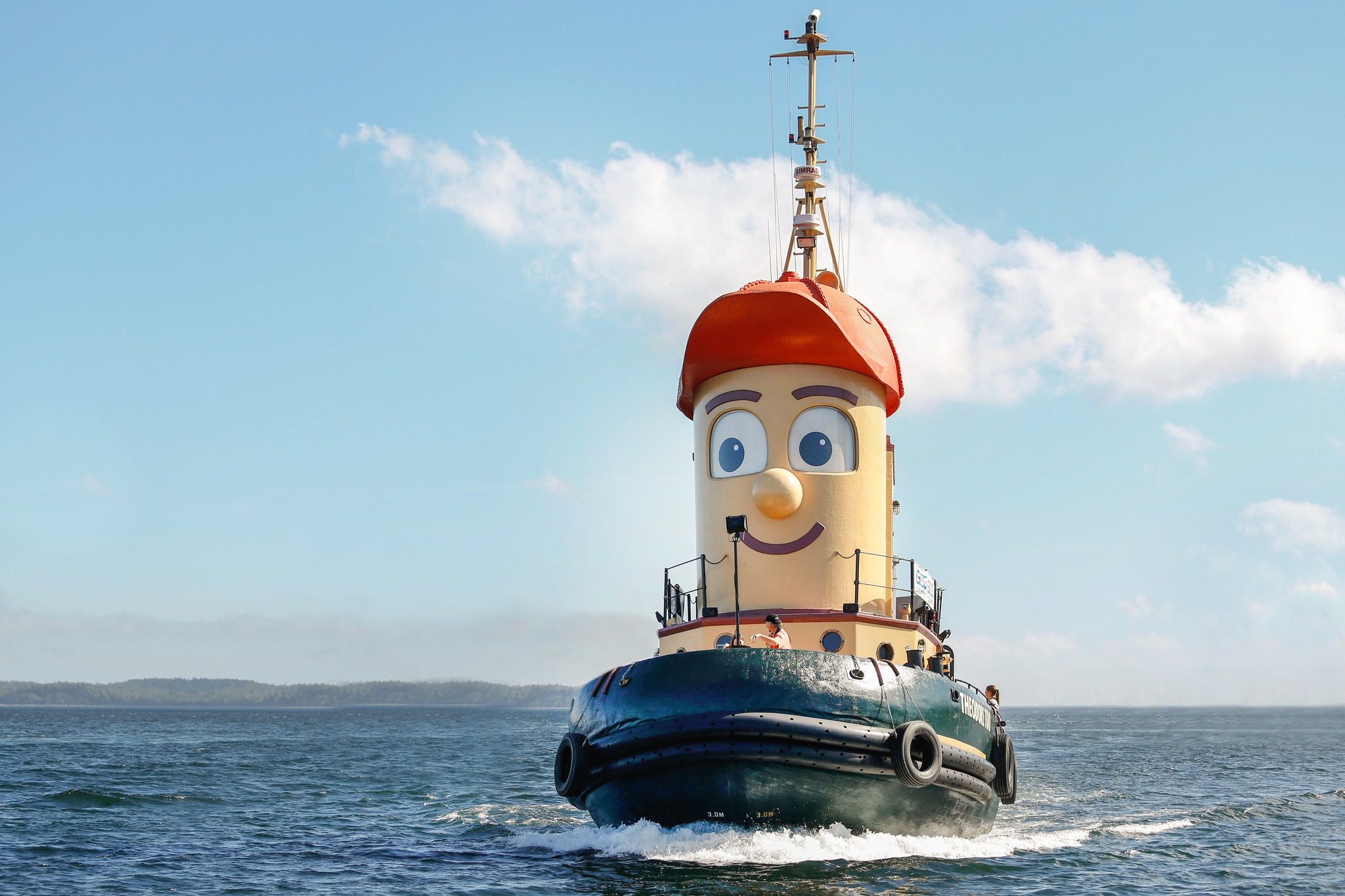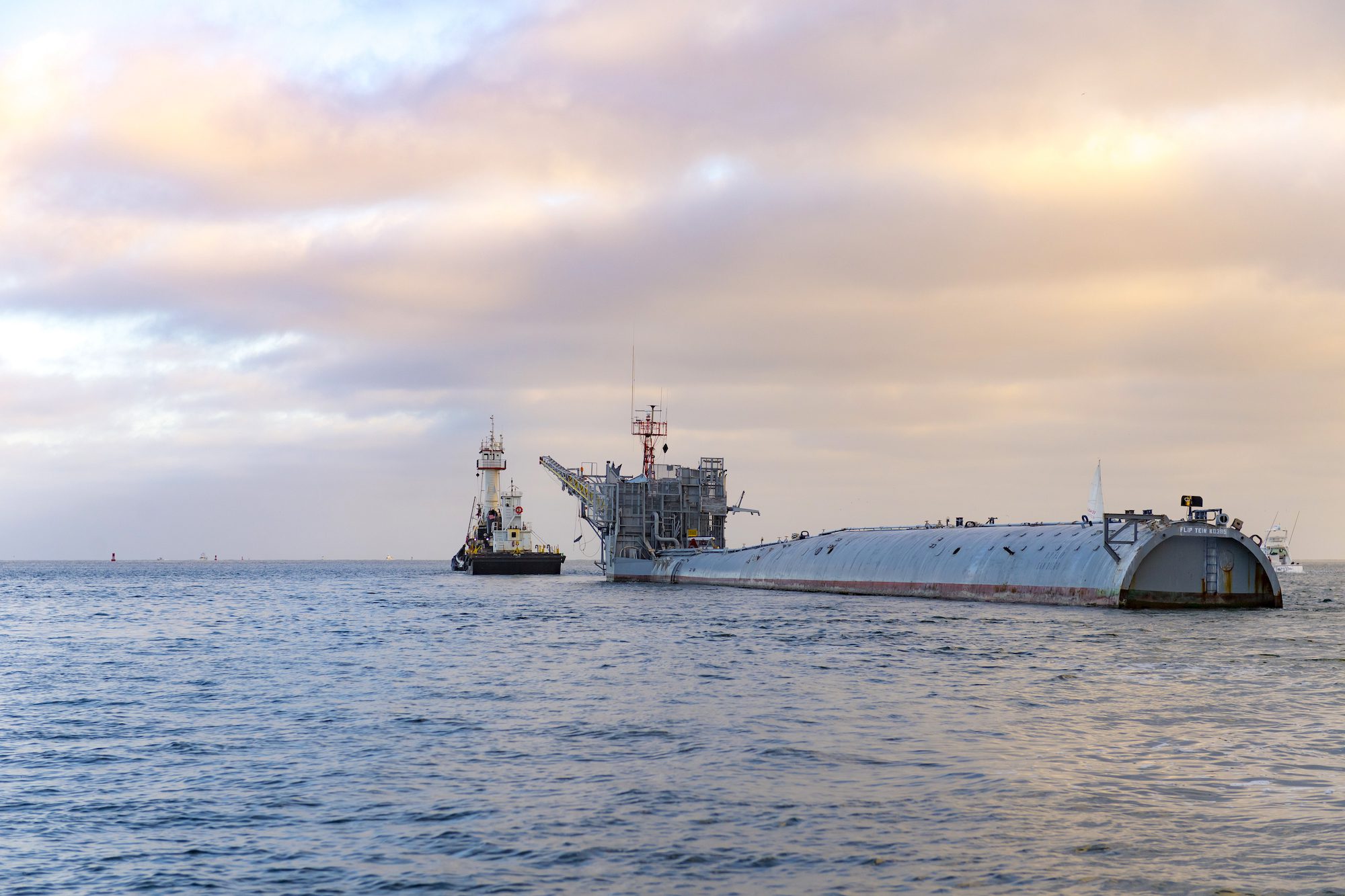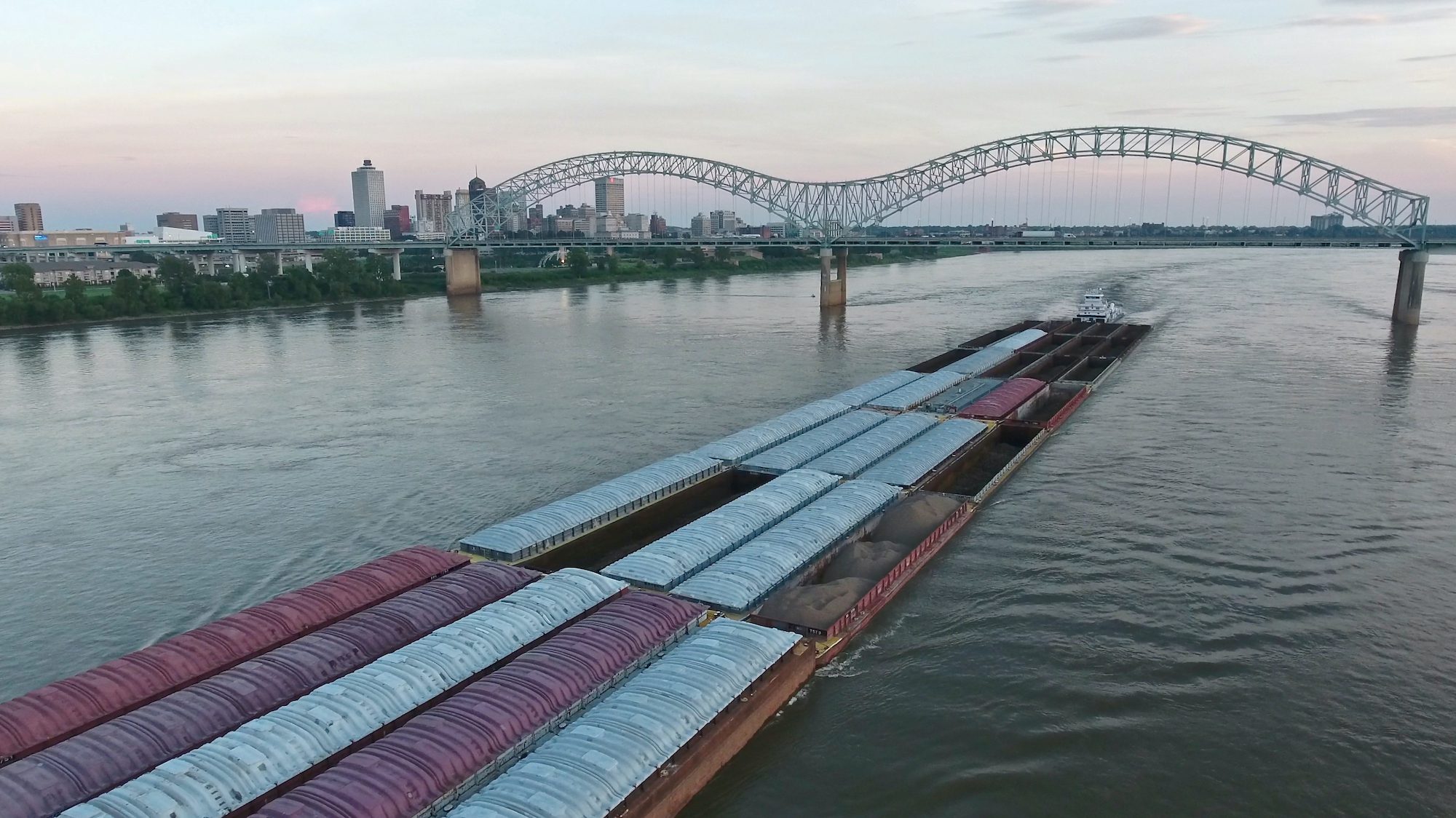
Most of our readers are familiar with Search And Rescue Transponders, those devices that look similar to EPIRBs that, when interrogated by X-band radar, produce a line of dots on the radar screen pointing rescuers to your location. These devices are great for Man Overboard scenarios, simply throw them overboard and they drift in relatively the same direction as the victim allowing you to home in on his location after completing a Williamson turn.
For larger incidents, the technology is less impressive.
If my ship is sinking fast I would not bother with the GMDSS DSC autocall buttons as their undesignated distress alerts are often ignored. I would also probably ignore the SART beacon because it’s signal can only be seen a few miles away. At a close range, marine flares and a handheld VHF would likely be far more effective. Regardless of whether a ship is close by or beyond the horizon my choice for MAYDAY calls to shore is an EPIRB.
When an EPIRB is triggered, the position is relayed to the Coast Guard or local authorities who will then relay the exact coordinates to any nearby vessels. In addition to a global rescue signal the EPIRB also transmits a homing signal on 121.5mhz, giving rescue aircraft a relative bearing to search on.
At close range the EPIRB and SART perform essentially the same function by providing an electronic trail for rescuers to follow to your location, however a vessel would need a Radio Direction Finder (RDF) to track an EPIRB’s homing signal, whereas SART can be tracked via radar commonly found on all ships and some planes. Not sure how many vessels these days carry RDFs, but it’s likely a low percentage.
Enter the AIS SART, a technology that has been approved by the IMO (and now even the FCC) to replace traditional SARTS since 2007, but has only recently been fully accepted by manufacturers. While relatively new, this technology follows many of the same guidelines as traditional SARTS. For example the units must be watertight at a depth of 10 meters for at least 5 minutes, it must float, and be able to withstand falls into the water from a height of 20 meters.
The future of AIS. The USCG and other IMO signatories have made it clear that AIS technology will play an integral role in the future of marine safety. The May 2010 USCG directive on modernization tells us:
Use of AIS as an Alternative to the 121.5 MHz EPIRB Homing Signal. This proposal has been considered by COMSAR because of its clearly superior performance, but it was not adopted at the last session due to concerns of some administrations that few aircraft were equipped to home on the AIS signal. This enhancement is considered too beneficial for further delay. Because the EPIRB power budget will not economically support both homing options, it is recommended that COMSAR accept the AIS homer as an alternative to the 121.5 MHz homing beacon in the same fashion that the AIS SART was accepted as an alternative to the Radar SART.
Enhancement of Safety Communications for Survival Craft. There have been numerous suggestions that along with GMDSS Modernization there should be an overhaul of lifesaving appliances on survival craft. The voluntary radio equipment carried on large cruise ship lifeboats (especially those used as tenders) already far exceeds the IMO requirements, often including fixed mount VHF radios and radar. It is recommended that…. fixed mount VHF radios and AIS for all self propelled lifeboats and VHF portables with integral GNSS for other survival craft. The option to include a handheld satellite phone should also be included.
Accommodation of e-Navigation in GMDSS Modernization. In addition, the expanding e-Navigation requirements overlap in some cases such as the use of MMSI identifiers. Integration of radar and AIS displays on electronic charts invites further integration of MSI warnings as well. New requirements for cargo security monitoring and special broadcasting services make a strong case for dealing with e-Navigation requirements and GMDSS modernization together.
Recognizing the Needs of Non-SOLAS Vessels in GMDSS Modernization. While GMDSS requirements apply only to SOLAS vessels, it is customary for most administrations to apply some of the GMDSS requirements to non-SOLAS vessels under domestic regulation. This is especially important in the U.S. with the world’s largest fleet of recreational vessels and a rather modest SOLAS fleet.
While this directive only provides guidance to regulators debating future GMDSS mandates, you don’t have to wait for the results. Here are gCaptain’s suggestions for adding technology to the safety net of your vessel today:
- Replace your SART’s with AIS SART’s. This suggestion is fairly straight forward. AIS SARTs are now available from well know manufacturers including McMurdo, Alltech (AMEC), and Jotron as well as a half dozen less known manufacturers.
- Have a PLB’s or, better yet, Portable AIS SARTS on hand to issue out to all persons who need to go on deck during heavy weather.
- Equip your Fast Rescue Boat with an AIS-B transmitter (our favorite HERE). This will allow you to track it’s movements on the bridge and is helpful in allowing you to set up and monitor SAR grid patterns.
- Install an EPIRB or PLB in every lifeboat and FRC! This is the only way you are going to be rescued if the lifeboats are separated in poor weather.
While your ship many not be onboard with the latest tech gadgetry it’s only a matter of time before new an innovative uses of AIS are developed. I even hear that AeroMech is testing it’s use on UAV’s to perform SAR operations in weather too severe for traditional pilots. Have you thought of any new uses for the technology or have an AIS related tip you would like to share? If so please leave it in the comments section below.
Click HERE for gCaptain’s full coverage of AIS-SART technology!

 Join The Club
Join The Club











